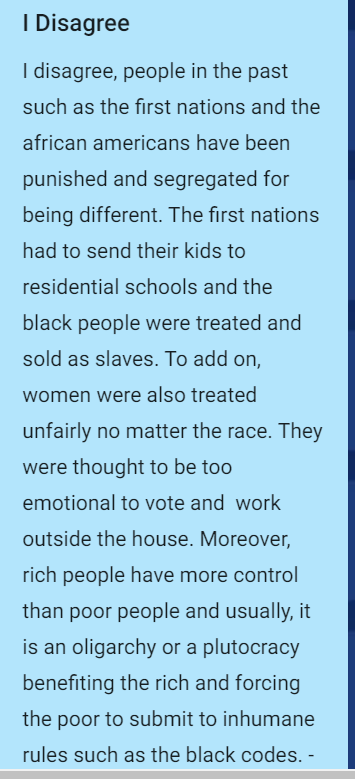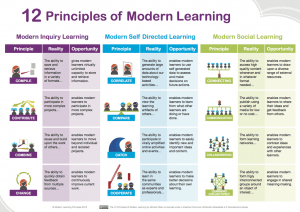As of the end of February, it is apparent to no one in Ontario that Spring is just around the corner. Judging by the blankets of snow and recent school bus cancellations, winter continues to disrupt and annoy us with the same creative sadism as a government hell-bent on destroying public education. Despite the stark reality of a manufactured education crisis and a real climate crisis, I know that Spring is coming soon. I saw a spider. 
Isn’t it wonderful? Putting ONGov’s systemic affronteries aside, my heart lept at the sight of a spider. On a normal day seeing one is something exciting to behold, but this opportunity came after nearly 3 days of snow, several white-knuckled commutes, and bone chilling winds. It was a sign of hope that most of winter’s worst weather would be over, well at least statistically.
It signified that Spring was on almost here because, in my own amateur scientific way, I have observed, over several years, that spiders usually emerge around my house again when winter is almost over. Usually. My returning guest got me energized and thinking about how to channel that into the classroom?
2020 has blessed me with a number of ups and downs in my professional life as an educator. It has brought me immense joy on a daily basis in the classroom, but also sadness and grief in light of tragic events that have happened to our learning community. You see, not all lessons and outcomes are going to be good. The opportunity to share the struggles and successes with students helps create a deeper appreciation of the learning process. By admitting when things got tough meant more to them and my colleagues than any veneer of perfection I could ever hope to put on.
My January post was meant to share my personal struggles in hopes of encouraging dialog among educators and to show the benefits of releasing some of the emotional weight that many of us carry inside. I wondered whether I could use my catharsis as a catalyst for our learning spaces? How could I make it fresh and keep it fresh for my students and self?
Never one to shy away from doing something differently, I quickly began working through new ways for students to interact with their learning, for demonstrating their understandings, to collaborate with each other, and to dig deeper into opportunities rarely afforded by traditional transmission and texts teaching.
Here’s what we worked on;
In Math, I remain committed to “no text book math lessons” as much as possible. Using YouCubed, PeterLiljedahl, Math Recess, Waterloo POTW, CEMC, and Khan Academy. My students love working on problems together, they argue, iterate, communicate, and solve problems. We make Math a social activity instead of a game of one upping each another.
Another change this year is having Wipebooks for students to use. They have added another dimension to our learning by enabling vertical approaches to Math problems. This has students out of their seats, standing, thinking, and solving. They can also wander from group to group to see the different approaches being used to answer questions. This has led to some excellent discussions and growth.
Recently, I also started adding Quizizz tasks to our Google Classroom. These fun quizzes allow you to make memes for correct and incorrect responses. I find this format a great way to have students continue to work on concepts taught in prior months.
Becoming a strong group facilitator using Character Lab Playbooks and a co-constructed success criteria. Genius Hour – personal inquiry projects where every student becomes the class expert in their subject. I have shared this one before, but it was for a different class at the time. Besides, it’s a perrenial favourite and my students have asked to do it again already.
In Language, we remain very fond of TED Talks. I now find myself creating reading response tasks with posts from the TED Blog. Another tool that it is being brought back discussion and digital citizenship is Padlet. Our recent work focused around an assignment inspirted by my friend and colleague Tim Bradford that read;
“In the past and present, people have always treated each other fairly.” Agree or disagree
Students had to create a 30 + word response to the statement and then respond to each other. The depth of understanding from them was very encouraging. It was also nice to see how they kept each other in check when it came to appropriate responses and use of technology. Here are 2 of their responses of the entire class who thoughtfully disagreed;


To add a lot of fun to my instructional week, is my grade 3 FI Music class where my students recently wrapped up creating their own identity raps in French, complete with backbeats from Groove Pizza. Once their shyness subsided, they were excited to present their hard work. It was also fun to see how they incorporated the lessons we had about how to beatbox from Nicole Paris and about the notes and rhythms we covered in Term 1.
In all of this, the focus was on hands on and collaborative experiences intended to engage and deliver the learning. Although much can go wrong, there is so much that can go right when you commit to keeping it fresh. I know that the next 4 months will bring more of the same and I am excited to try new things with my students. Looking forward to introducing Flipgrid, podcasting, and sketchnoting already to keep it fresh. Bring on Spring!
Have you tried something new that you would like to share? Mention it in the comment section and include a link if you can. Thanks for reading.


